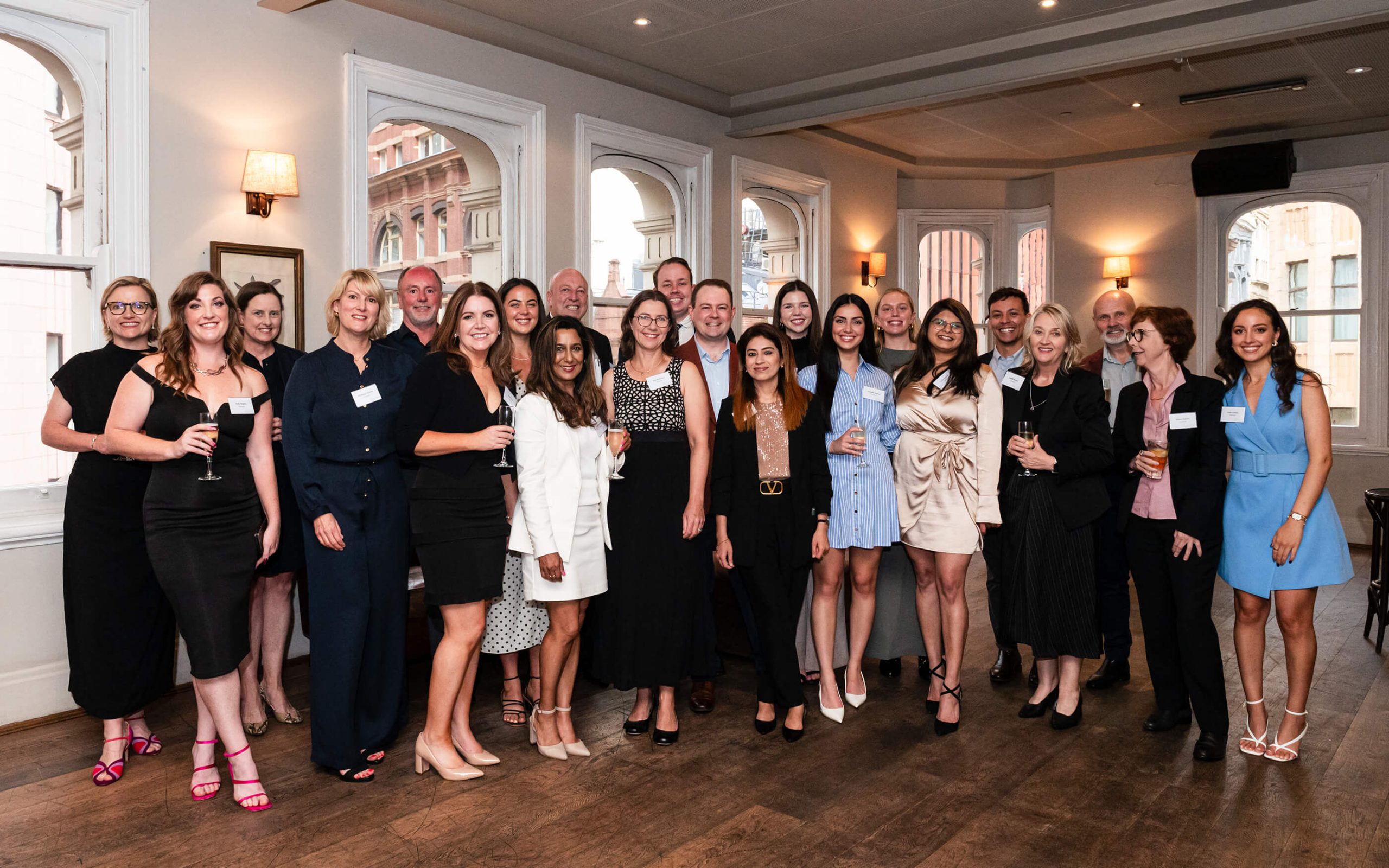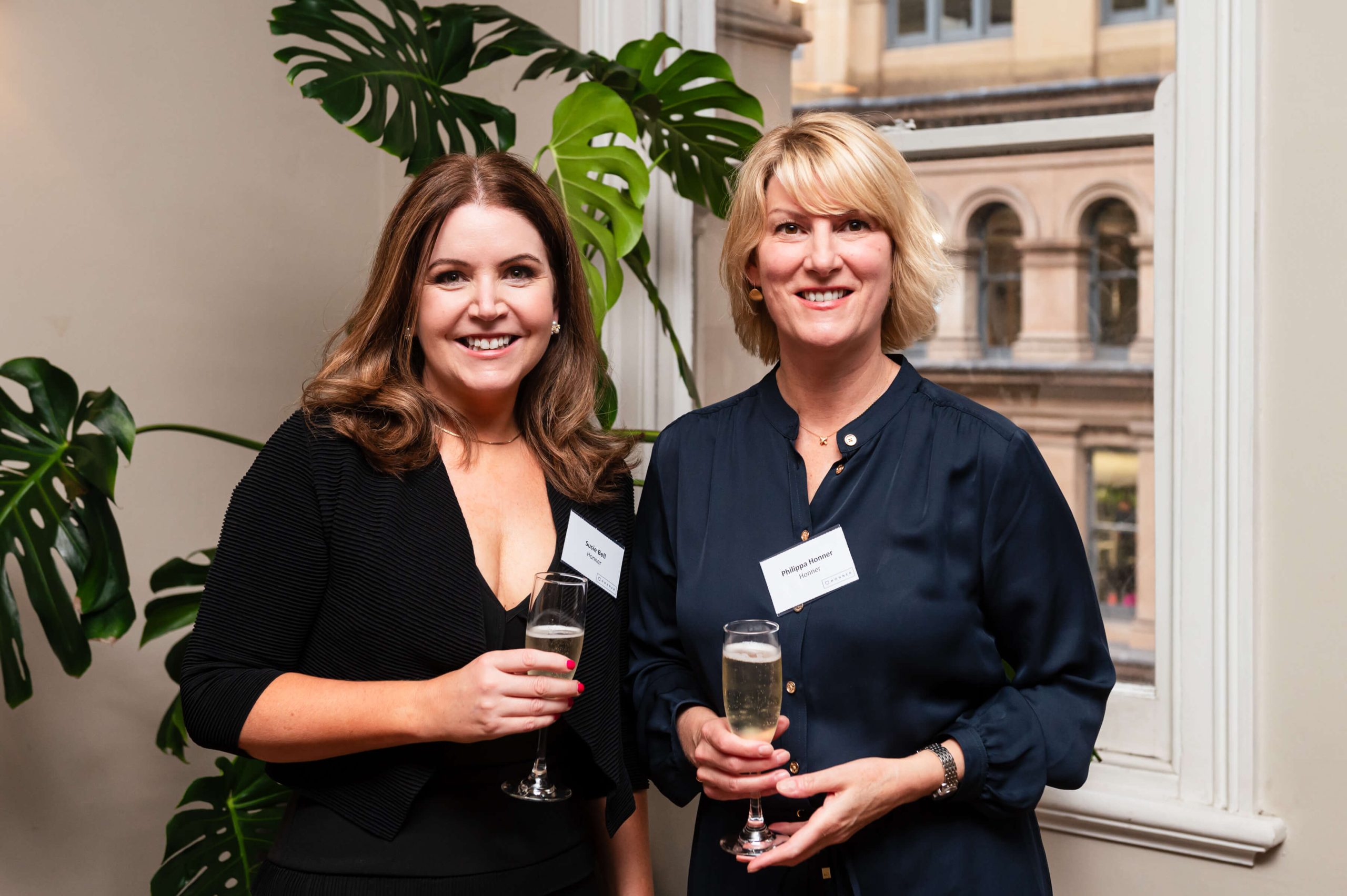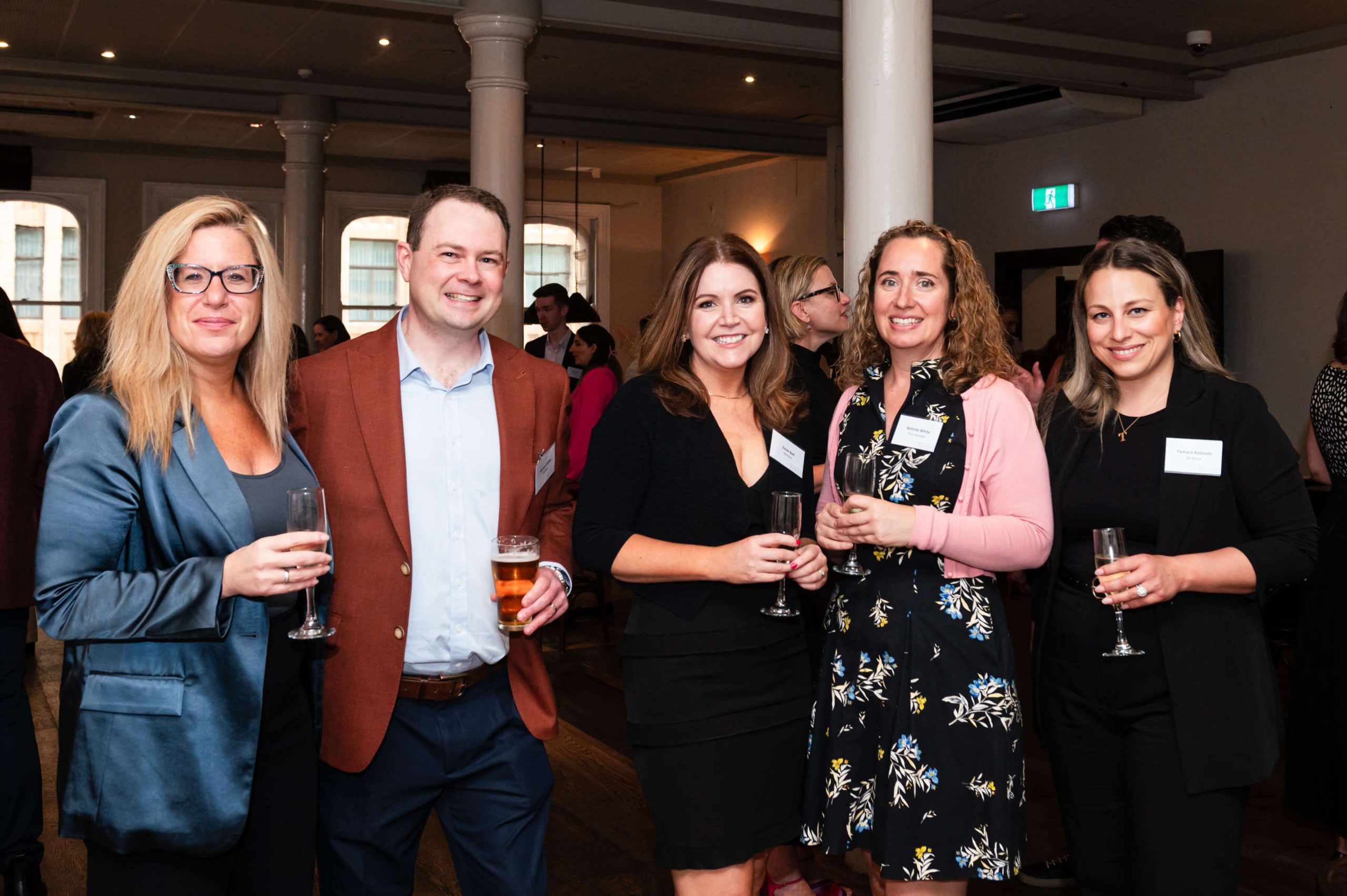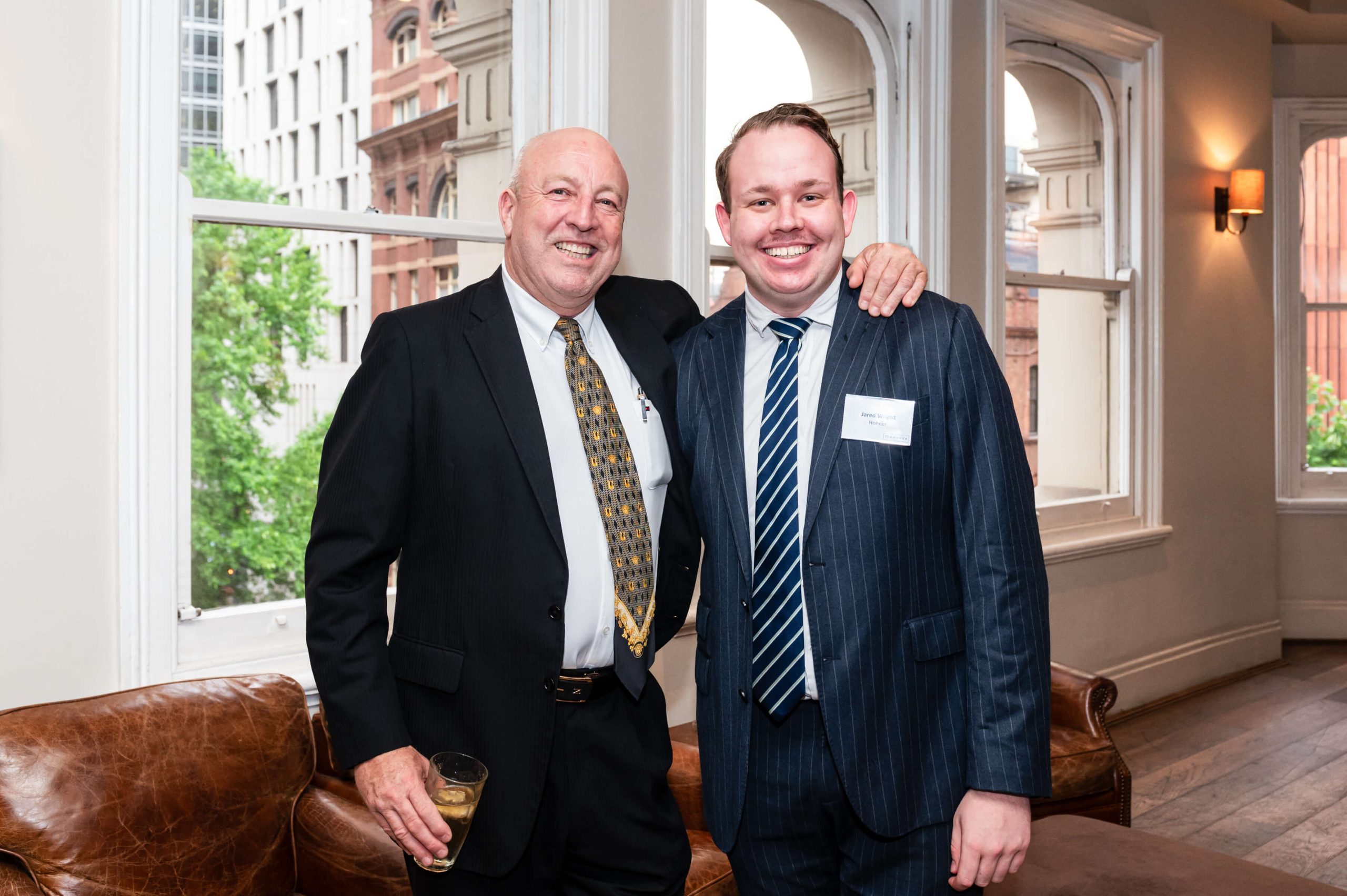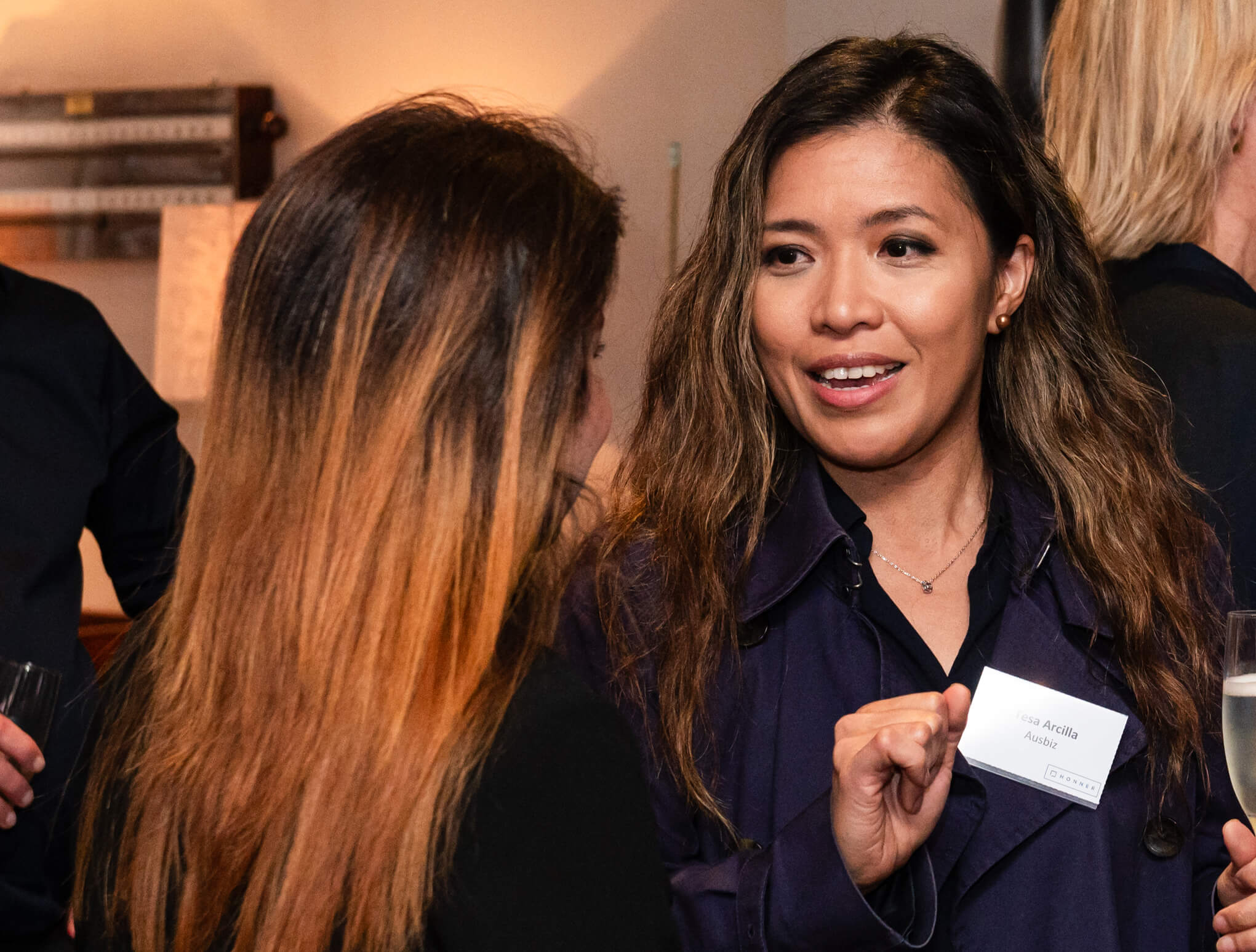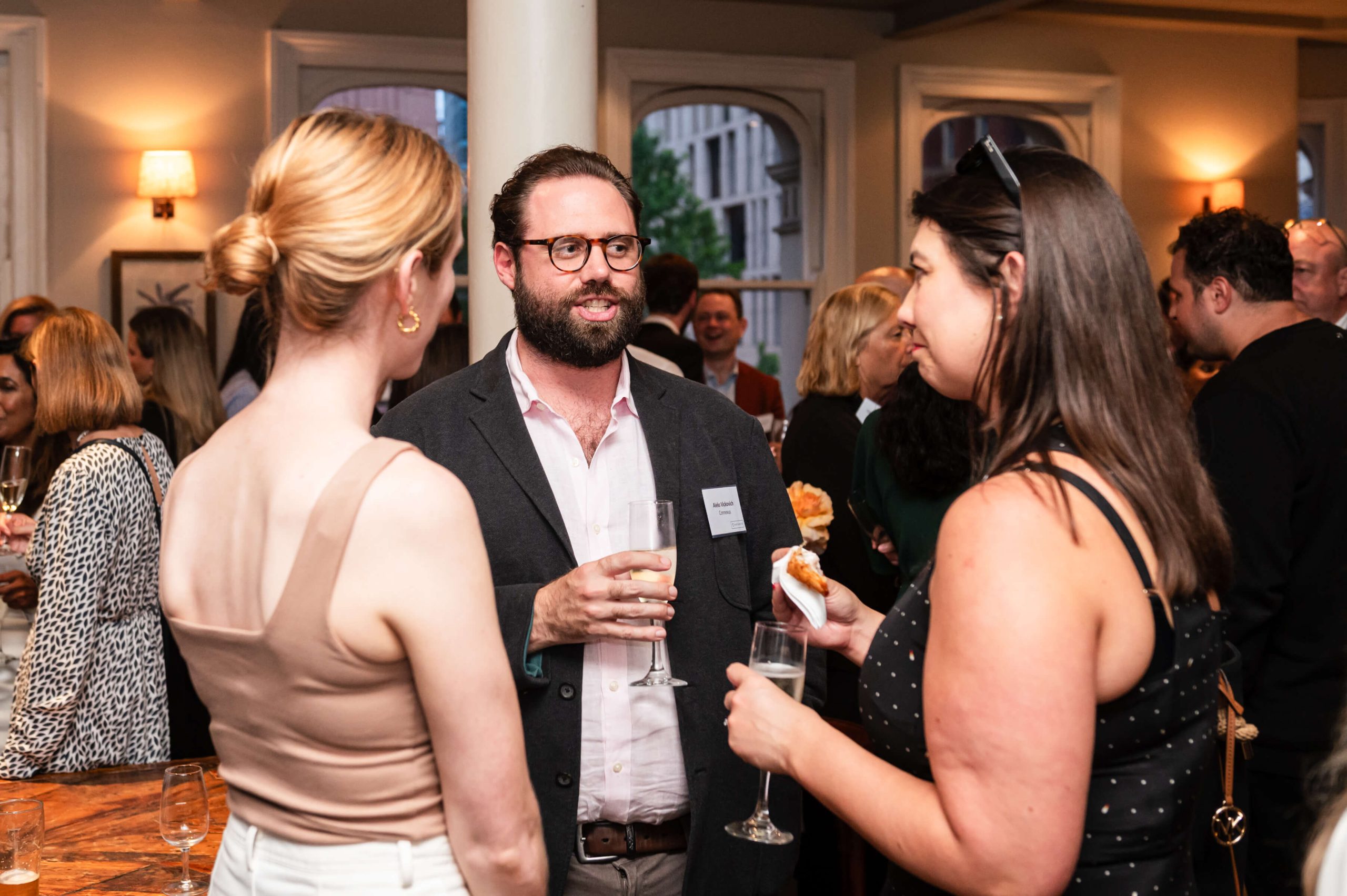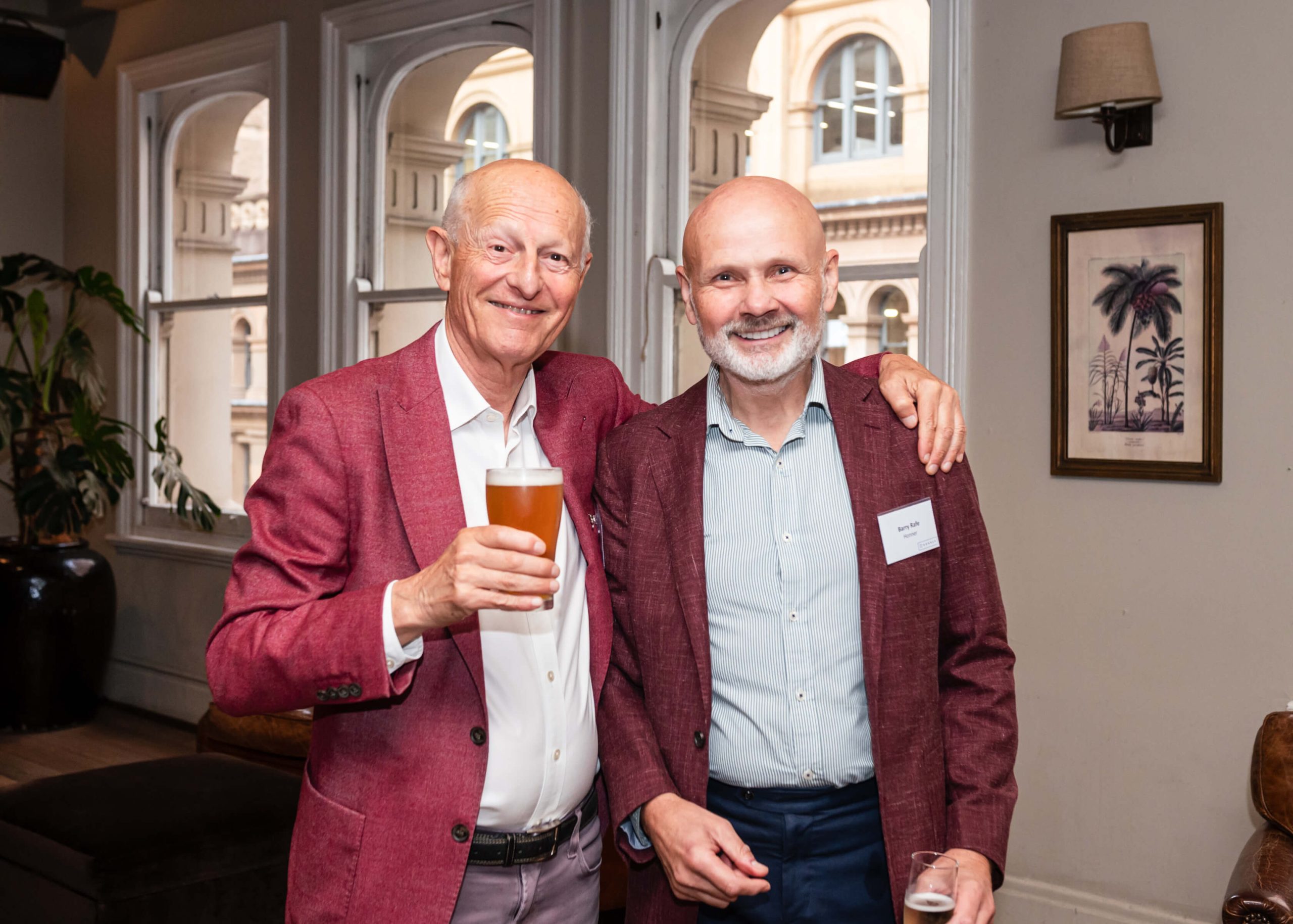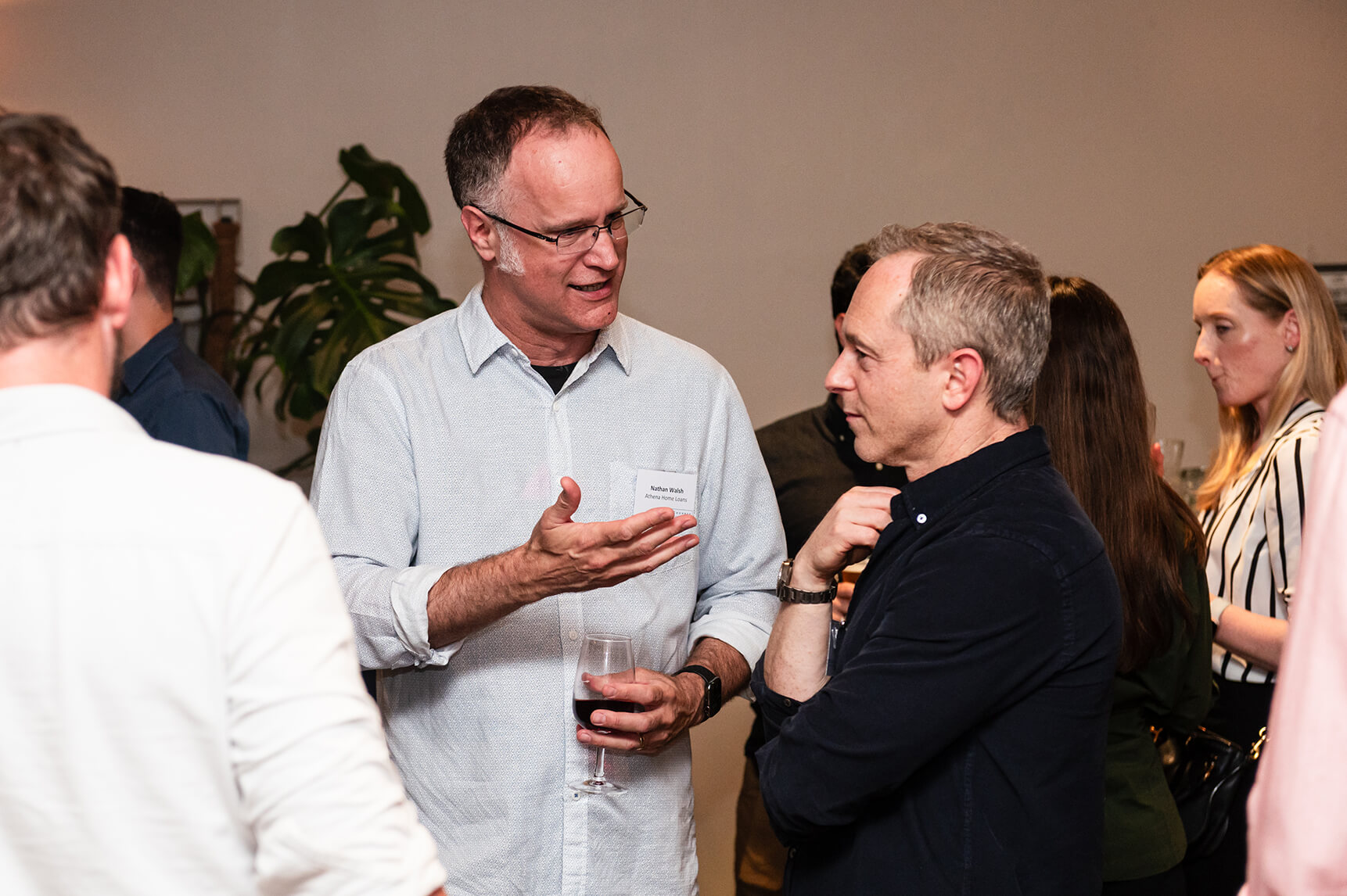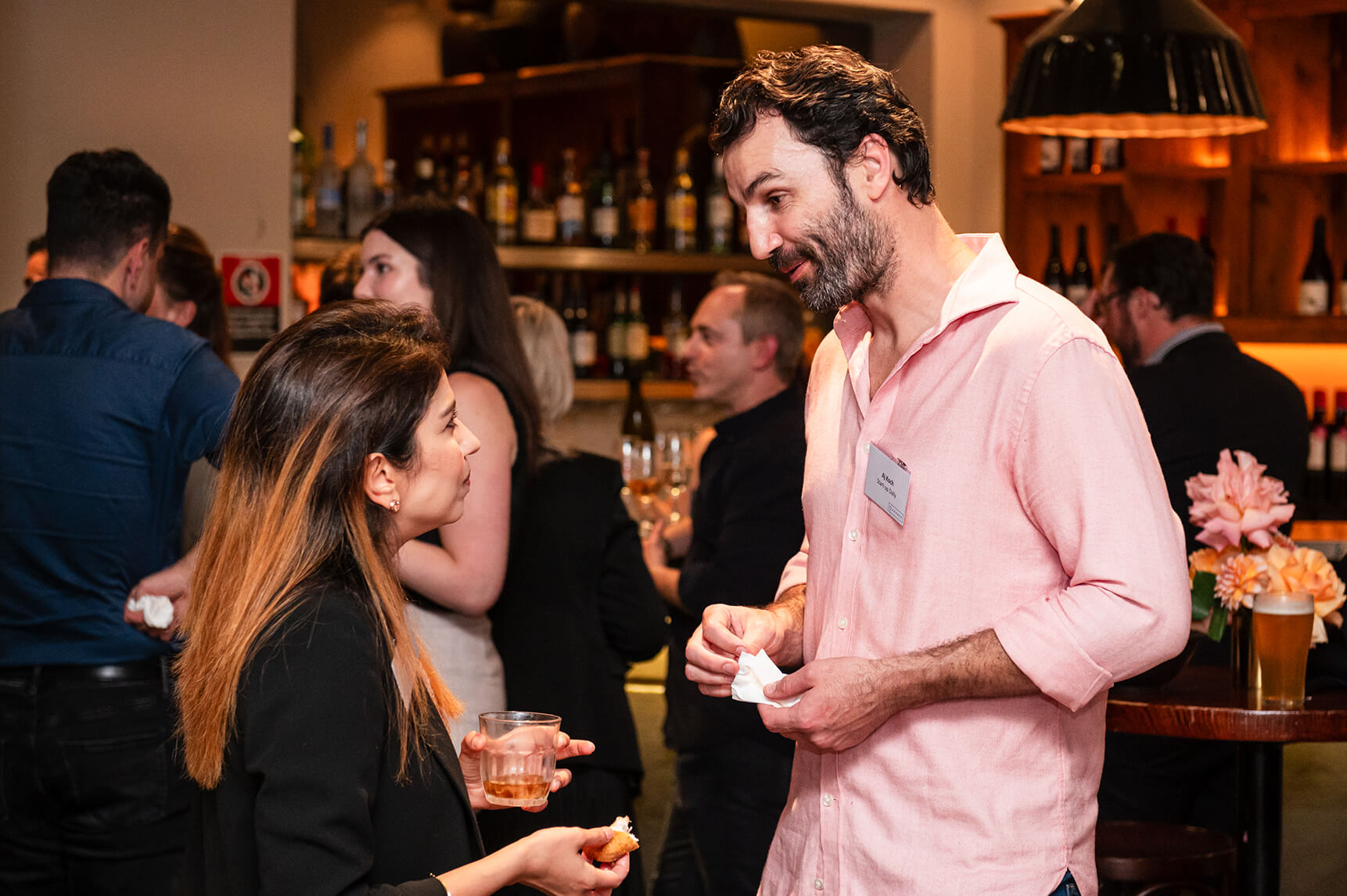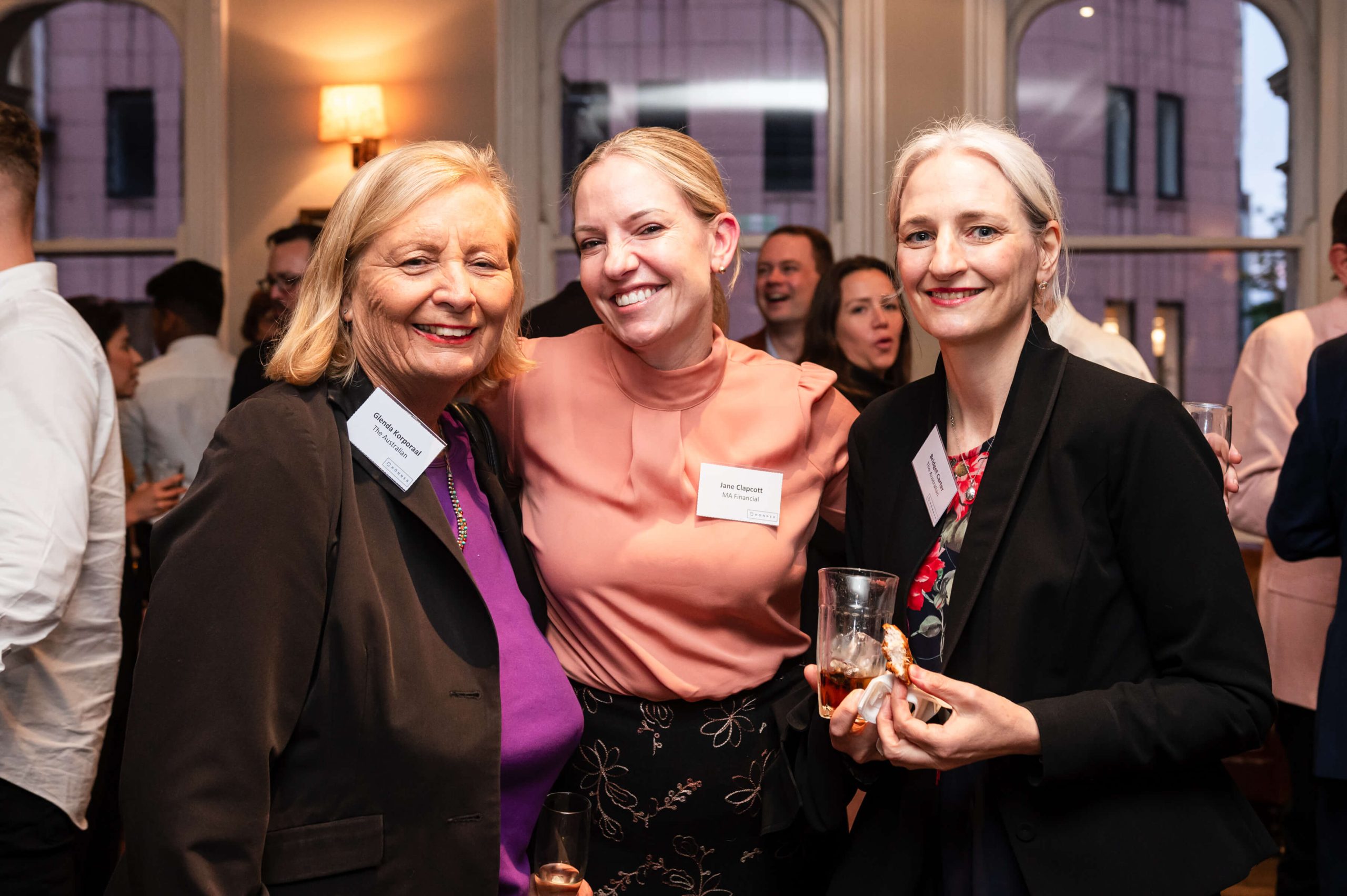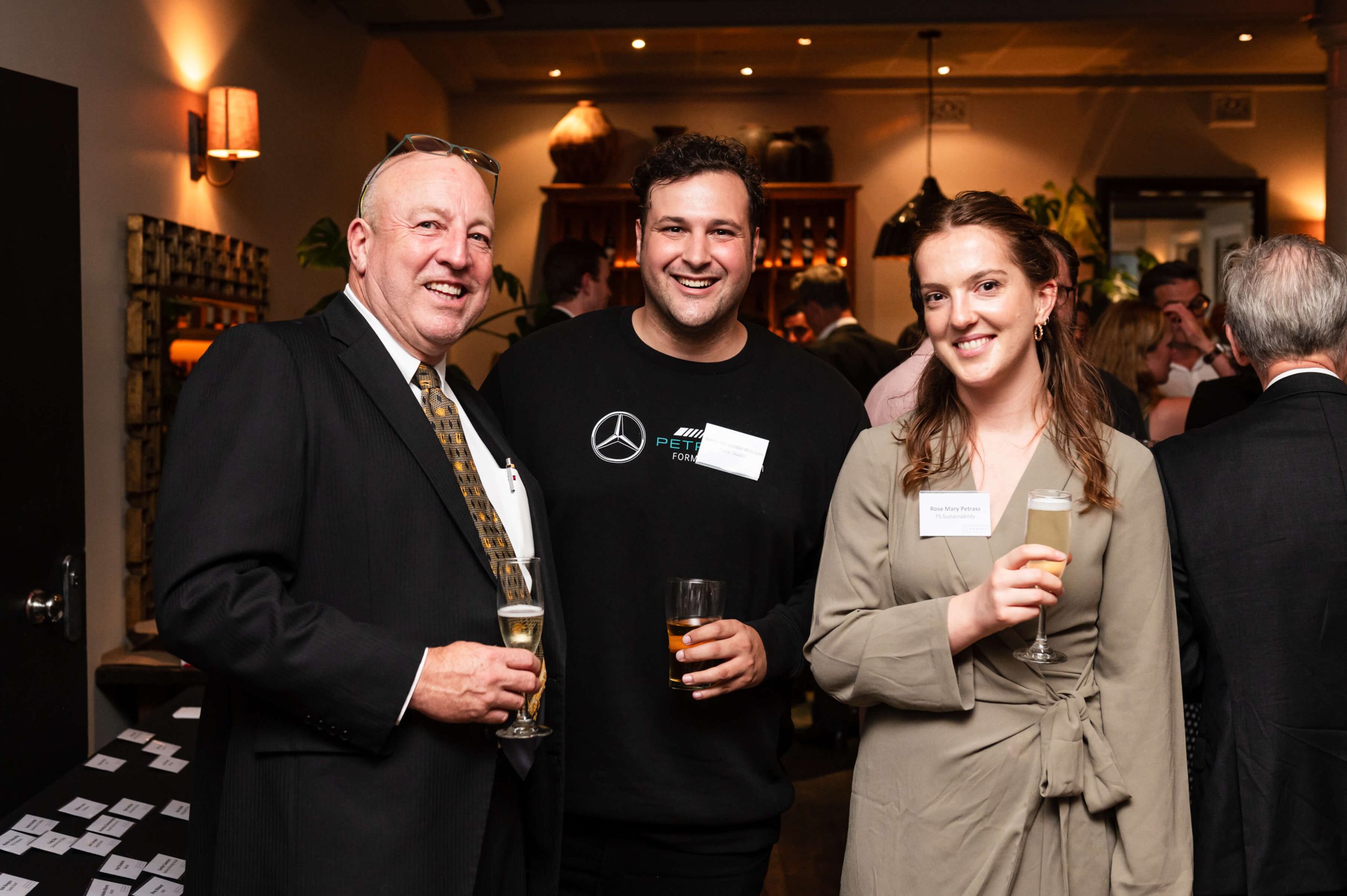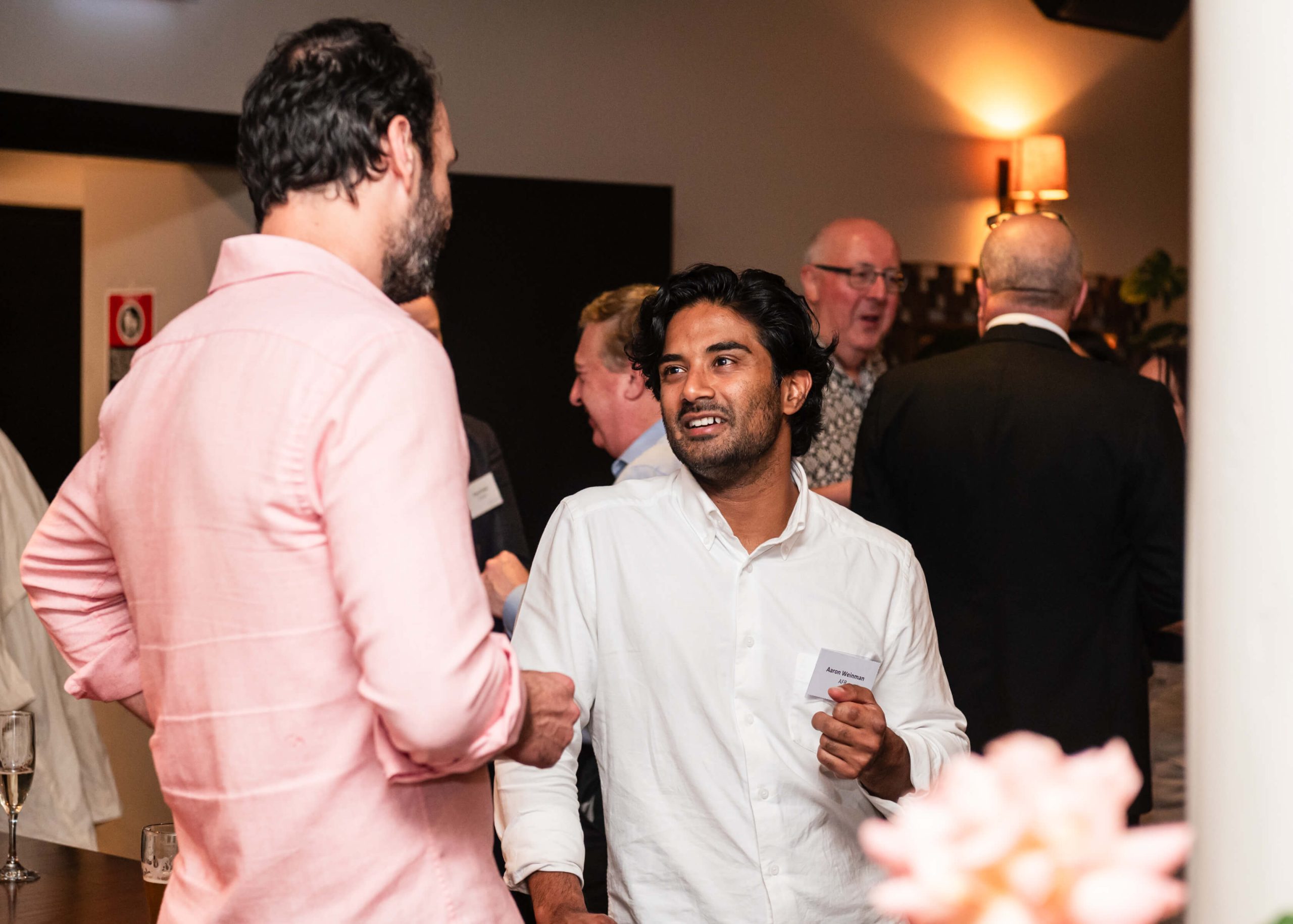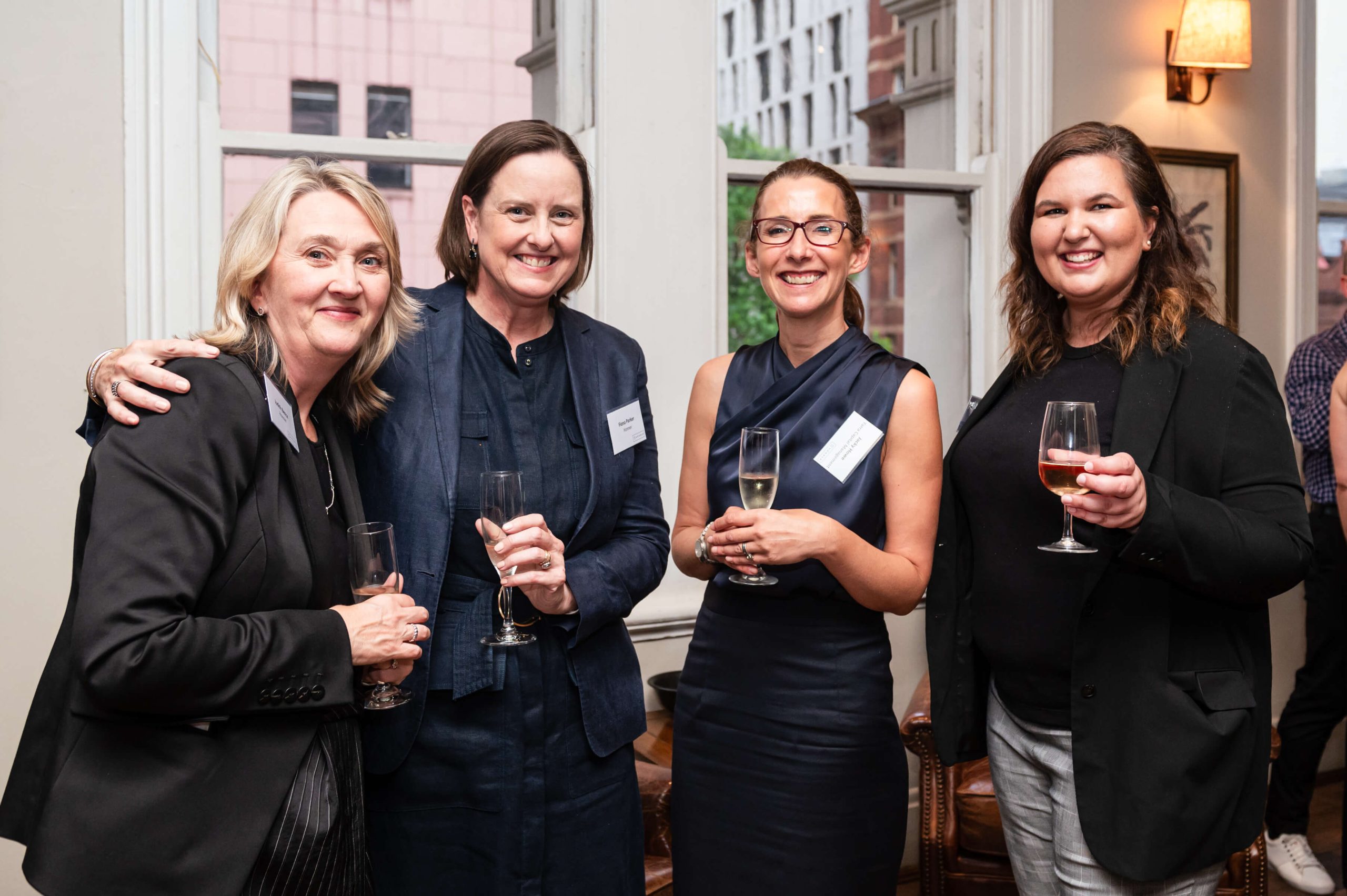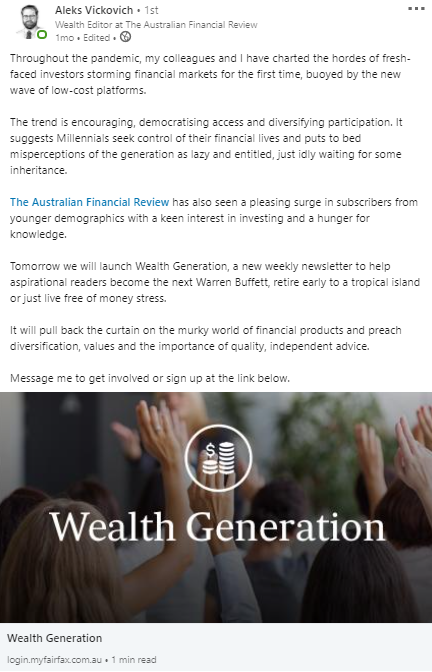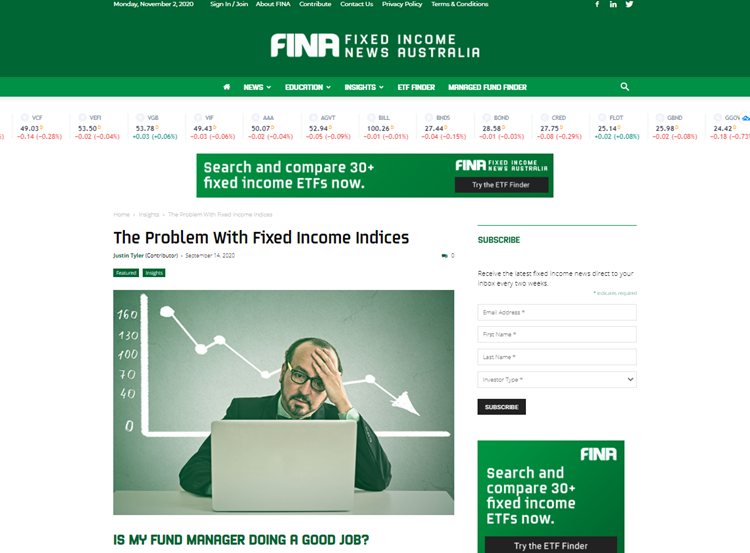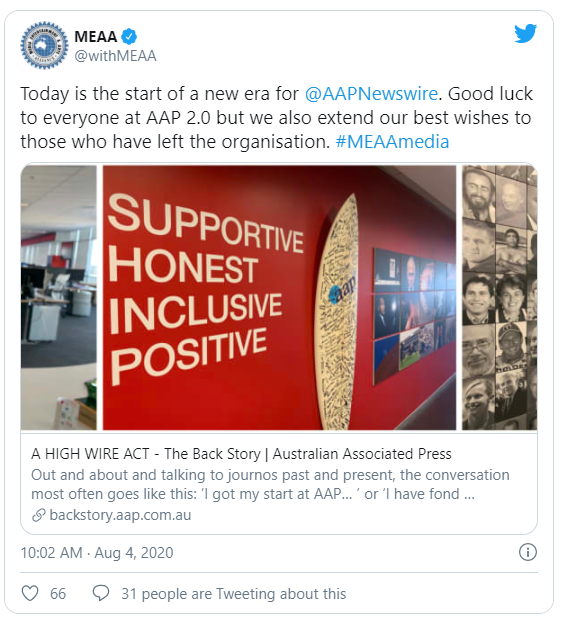• EXCO team to drive APAC expansion strategy
• New agency hires reinforce firm’s established global network
• Clients represent more than AUD 10 trillion in investment capital
SYDNEY, 27 May 2025: Leading financial PR, marketing and communications firm Honner today announced the formation of a new Executive Committee (EXCO) as well as two new global agency hires as part of its strategy to extend operations across the Asia-Pacific region.
Longstanding Honner Senior Consultants Craig Morris and Samantha Rockliff have been appointed Partners and will join Founder Philippa Honner and Managing Partner Susie Bell on a newly formed Executive Committee. EXCO will focus on driving Honner’s expansion into key APAC markets including Singapore, Hong Kong and Japan.
In addition, Honner today confirmed the appointment of two new Account Managers, Ambika Gogna and Amelia Beale, who bring valuable international experience and further strengthen the firm’s cross-border capabilities.
The appointments follow Honner’s 2024 expansion to Melbourne which continues to be the home base for some of Australia’s largest banks, asset managers, wealth firms and superannuation funds.
Investment juggernaut driving regional opportunity
Australia’s retirement savings pool is projected to surpass the UK and Canada* by 2031, making it the second largest in the world after the US – and this wall of money is spilling across all regions of the world. Approximately 60 cents in every new dollar Australians contribute to their retirement savings is currently invested offshore – with a growing demand for private markets, impact strategies and energy transition investments.
Founder Philippa Honner said the focus on Asia was driven by increasing demand from both local and global financial clients – many of which have built substantial local operations on the back of Australia’s supersized savings and investment sector.
“Australia is a hotbed of global firms looking to service a growing pool of private wealth and retirement savings and many are seeking a more regional approach,” Ms Honner said.
In addition to hosting three of the world’s five largest economies, Asia is also home to the five fastest-growing economies globally – led by India, the Philippines, Vietnam, Indonesia and China**.
“We’re looking to partner with the banks, private wealth firms, asset managers and asset owners who are digging in for the long term to drive capital and investment opportunities across the region,” Ms Honner added.
Supporting 50+ financial organisations managing over AUD$10 trillion
As at May 2025, Honner supports more than 50 clients across the financial services ecosystem in the Asia-Pacific region – including global and Australian asset managers, superannuation funds, leading investment consultants, renewable energy infrastructure specialists, global real estate players, ETF providers, financial advice firms, banks and private markets specialists.
Over the past five years the agency has also built a leading practice in the fast-growing digital assets and digital payments space, working with some of the world’s most prominent crypto platforms. Collectively, Honner’s clients represent over AUD$10 trillion in global investment capital across listed and unlisted markets.
Strengthening regional bench and integrated delivery across Asia
As part of its Asia growth strategy, Honner is expanding its regional delivery model by establishing a network of integrated agency partners across key Asia markets. These partnerships complement the deep skills and sector expertise already embedded within the Honner team, providing clients with enhanced access to local insights, cultural nuance, language capability and strong media relationships across financial centres including Singapore, Hong Kong and Tokyo.
This strengthened regional platform is further supported by the appointment of two new Account Managers – Ambika Gogna, who joins from Prosek Partners in New York, and Amelia Beale, formerly of SEC Newgate in London.
Ambika brings specialist experience in financial communications across banking, insurance and wealth in the US market, while Amelia offers strong credentials in ESG, corporate affairs and Australian government campaigns.
“We are excited to welcome such strong new talent, and to build on the international opportunities we can offer our clients,” Ms Honner said. “At our core, we believe great financial brands deserve great storytelling. It’s incredibly rewarding to see the real impact our work has – helping clients cut through complexity, build credibility and connect with the audiences that matter most. The industry has changed a lot over the years, but that purpose has stayed the same,” Ms Honner said.









